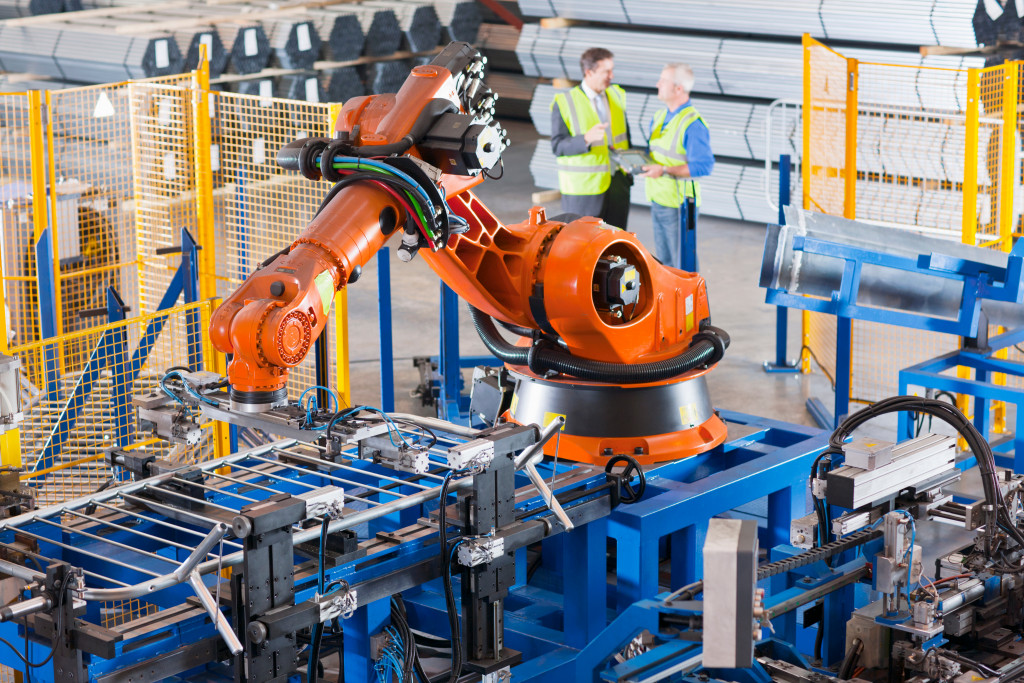Unplanned downtime is one of the biggest enemies of productivity in microfactories. Microfactories are highly automated and technologically advanced. However, this also means that any breakdowns or malfunctions can have a more pronounced effect on production. A breakdown could have disastrous consequences for production. You can lose valuable time and money when your machines unexpectedly go offline.
A study found that 82% of businesses have dealt with unplanned downtime in the past three years. This wasted time can’t be made up, and it often costs a lot to fix the issue and get things running again. Fortunately, there are strategies you can employ to optimize your uptime and minimize the impact of unplanned downtime.
What Causes Unplanned Downtime?
Microfactories produce small batches of items quickly and efficiently. The machines they use are highly complex and can be difficult to maintain. Unplanned downtime is typically caused by either a breakdown of the machinery or an issue with the software controlling it. There may also be issues with having too many items in the factory waiting to be processed, which causes delays and longer wait times for items to be completed. Here are some of the most common causes of unplanned breakdown:
Equipment failure: This is one of the most common causes of unplanned downtime. Machines can break down for various reasons, such as wear and tear, overuse, or power surges. Having a regular maintenance schedule can help prevent equipment failures.
Lack of materials: Delays in the arrival of materials or parts can contribute to downtime.
Software issues: Microfactories use software to control their machines. If the software isn’t up-to-date or is incorrectly configured, it can cause problems and lead to unplanned downtime.
Human error: Sometimes, things go wrong because someone made a mistake. This could be an operator mistake, a programming error, or an oversight.
Natural disasters: Natural disasters, such as floods and storms, can cause serious damage to your facility and disrupt production. This is out of your control and can lead to extensive downtime.
Preventing Unplanned Downtime
The good news is you can take steps to prevent unplanned downtime from happening. Here are some strategies you can use to optimize your uptime:
Invest in quality equipment: Well-maintained, quality machines will run more reliably than cheap, poorly maintained ones. Investing in quality equipment, such as sensor-based machines from https://sensorsincorporated.com/, that can detect potential problems before they become serious. With this kind of technology, you can address issues quickly before they become a major problems and cause downtime.
Create an effective maintenance schedule: A regular schedule can help ensure your machines run efficiently. This way, you can catch any minor issues before they become major problems. Have a periodic inspection of all equipment and components, regular oil changes, and other cleaning and maintenance tasks.
Invest in technology: Technology such as predictive analytics can help you anticipate problems. This kind of technology will warn you of potential issues so that you can take preventive measures before they become major problems.
Update software: Keep track of software updates, and install them as soon as they become available.
Train your staff: It’s important to have properly trained staff on hand to handle any maintenance or repair tasks quickly and efficiently. Ensure operators are up-to-date with the proper safety procedures for their machines and understand how to troubleshoot any problems that may arise.

Adopt Predictive Maintenance Practices
Predictive maintenance practices can help you anticipate issues before they occur. Preventive maintenance includes regularly inspecting equipment, replacing worn parts, and cleaning machines regularly. Here are the best maintenance practices:
Keep an eye on inventory levels: Get caught with the materials you need to keep production going. Keep track of inventory levels, so you know when it’s time to reorder. You should know when supplies will run low and have a system for ordering new materials.
Implement quality control measures: Quality control measures can help catch errors before they cause serious problems. This could involve having employees double-check their work before moving on to the next task.
Have a system for tracking and reporting: Tracking information on production and maintenance activities is essential to identify patterns of issues or problems. You can do this by having a system for recording and tracking errors and maintenance tasks over time. Use this data to help identify potential problems and implement preventive measures.
Invest in automation: Automation can help streamline processes and reduce the chance of human error. Automation includes tasks such as scheduling maintenance and tracking inventory levels. Automating these processes can help reduce the chance of costly mistakes that could lead to unplanned downtime.
Unplanned downtime is a major problem for microfactories. It can cost you time and money and disrupt your production process. However, there are ways to reduce unplanned downtime by being proactive about maintenance, inventory management, and quality control. By taking these steps, you can keep your microfactory running smoothly and avoid costly disruptions caused by unplanned downtime.




